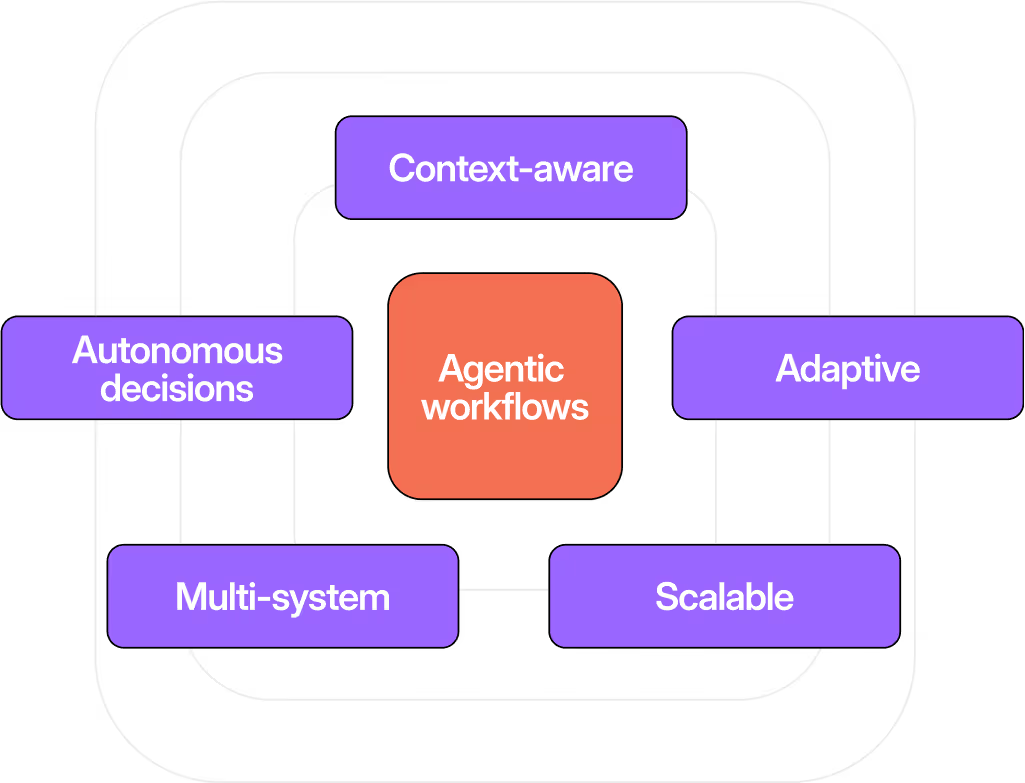


















Technology leaders around the globe are recognizing that service management workflows must be reimagined from the ground up in the age of AI.
Traditional IT service management (ITSM) processes have been very process-centric, often rigidly defined by frameworks like ITIL. These legacy workflows tend to focus on following predefined steps rather than ensuring the best outcome for the end-user.
In 2025, agentic AI marks a new era in IT automation. Intelligent AI agents working together can Reason, Plan, and Act to adapt dynamically to complex enterprise environments. While traditional automation is static, rule-based, and rigid, agentic workflows are more adaptive and context-aware, working across multiple systems.

Let’s take the example of a traditional incident workflow. A legacy ticketing system allows basic automation for logging and closing tickets, often through web forms or email. However, key steps like categorization, routing, and resolution remain largely manual or rule-based, limiting flexibility and speed. Decisions and next steps typically rely on human input and post-incident is minimal, ad-hoc or nil, leaving little opportunity for continuous improvement.
Redesigning the same workflow with AI and the end-user experience in mind:
Agentic workflows are faster, more proactive than the traditional processes. Many steps happen in parallel and the use of AI agents means fewer things fall through the cracks – the system is always watching for anomalies, 24/7, even when staff are offline.
Rather than retrofit a few AI tools onto legacy processes, CIO need to reimagine service management processes from scratch with AI capabilities in mind to be outcome and end-user centric.
